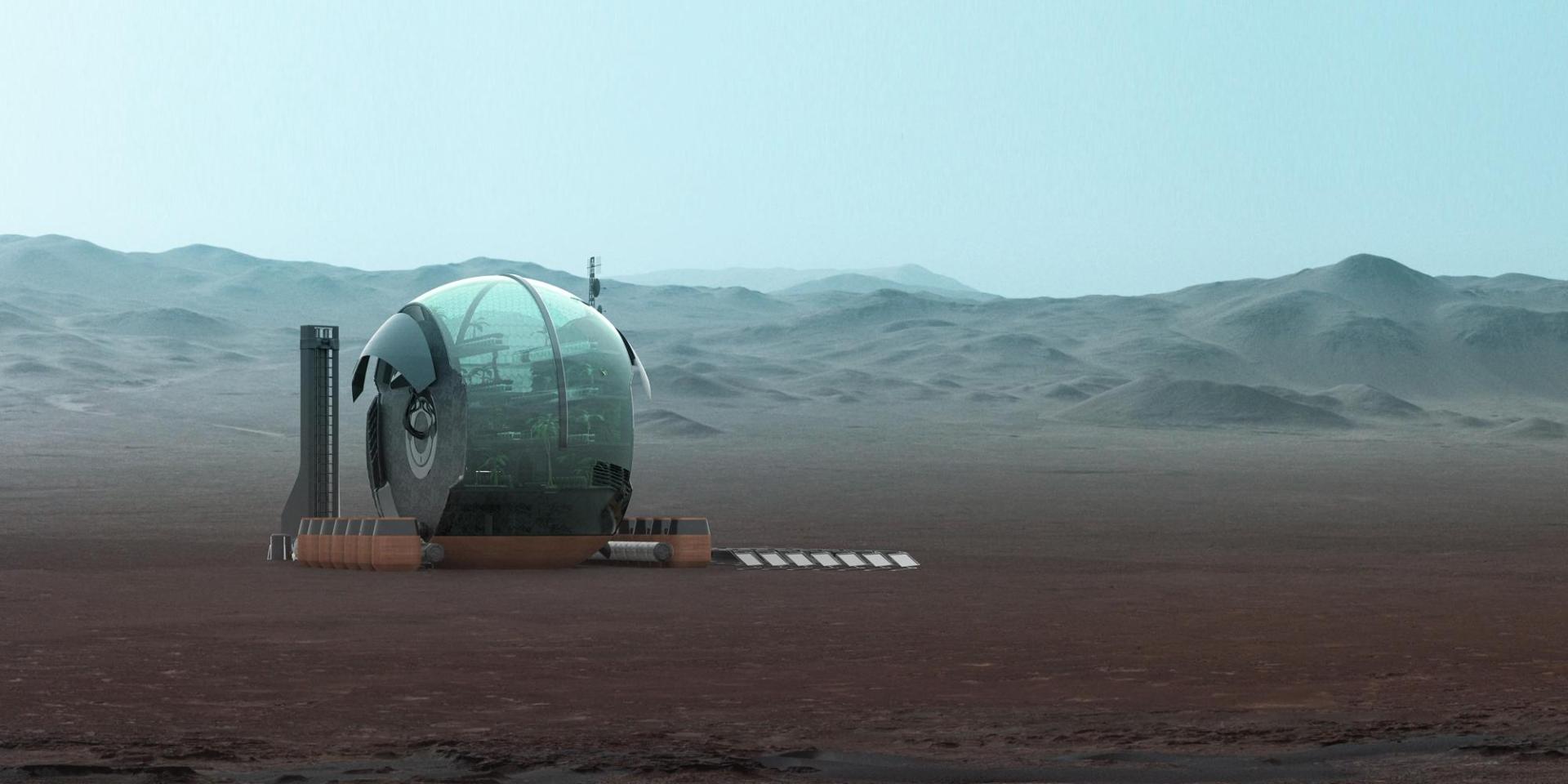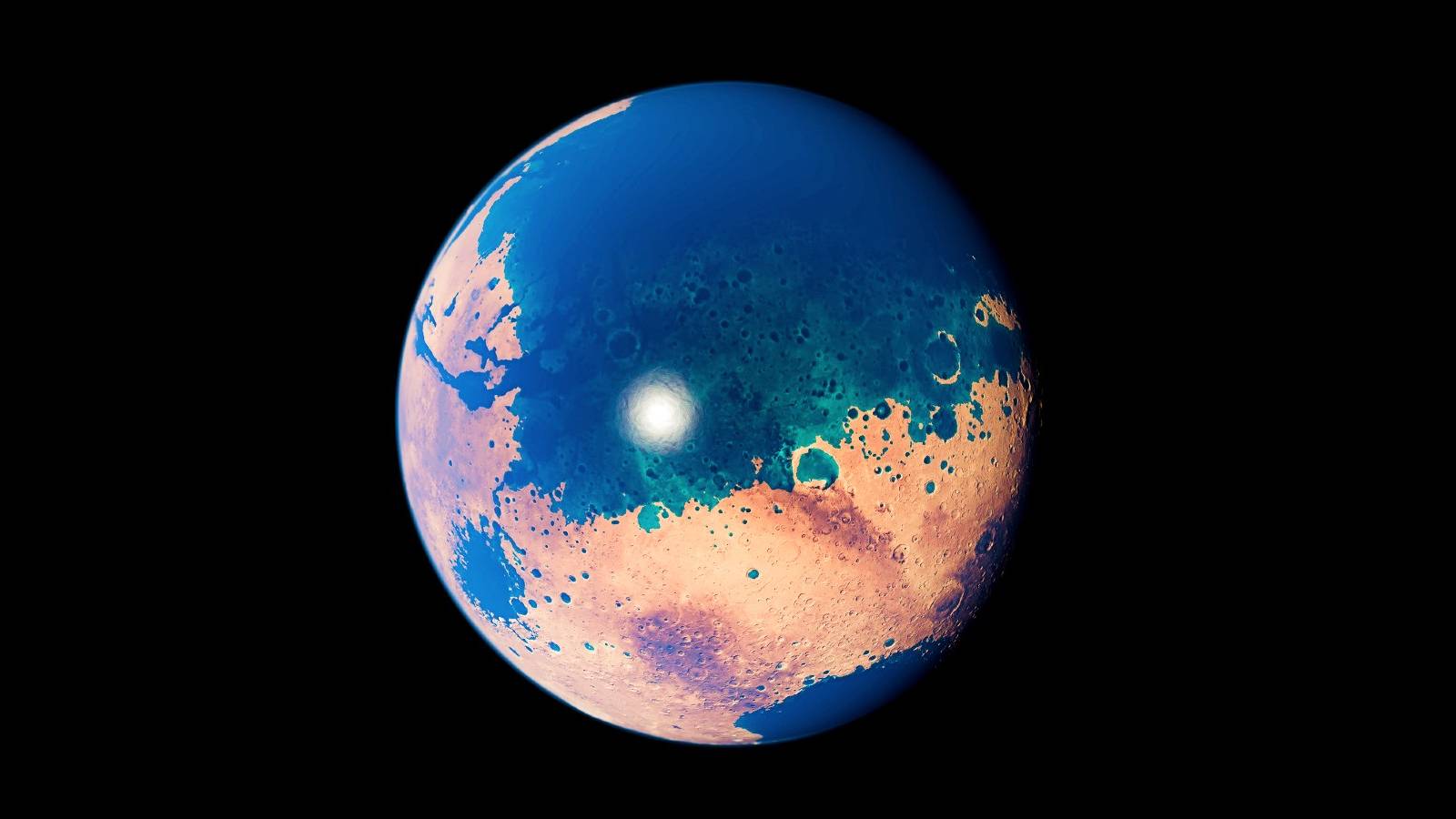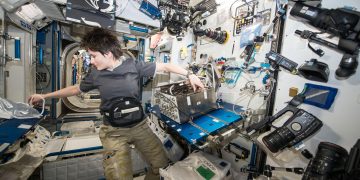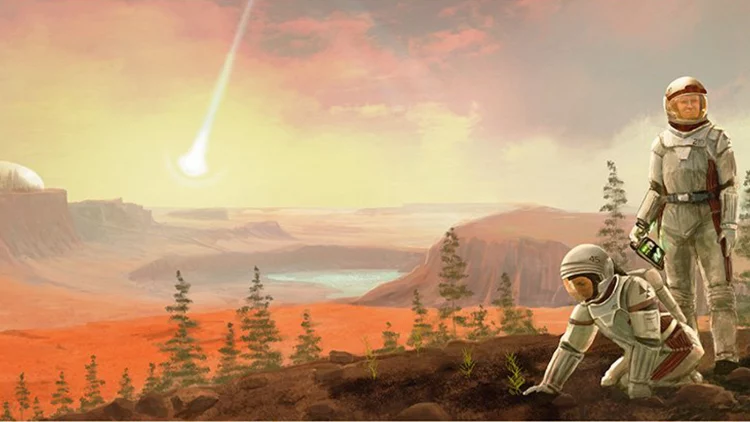Humanity has always looked to the stars, wondering what lies beyond our home planet. In recent decades, our fascination with space has evolved from myth and speculation into tangible scientific endeavors. One of the most ambitious goals is the prospect of terraforming Mars — transforming it into an Earth-like environment where humans could live and thrive. But how realistic is this dream? Can we truly turn the Red Planet into a second home? Let’s explore the science, challenges, and possibilities of this grand idea.
1. What is Terraforming?
Before diving into Mars specifically, it’s important to understand what terraforming means. The term “terraforming” comes from the Latin words “terra” (Earth) and “formare” (to shape or form). In essence, terraforming refers to the process of modifying a planet or moon to make it more hospitable to human life. For Earth, this would involve altering its atmosphere, temperature, surface conditions, and ecosystems — essentially creating a replica of our own biosphere.
On Mars, terraforming would aim to create conditions that support liquid water, breathable air, and a stable climate — all prerequisites for life as we know it. But to achieve this, we must address several key challenges.
2. Why Mars?
Mars has always been the front-runner in the quest for planetary colonization. It’s the most Earth-like planet in our solar system, sharing similarities in its day-night cycle, surface features, and the presence of polar ice caps. But Mars also has some major differences. Its atmosphere is mostly carbon dioxide (CO₂) and its surface pressure is less than 1% of Earth’s. The average surface temperature is about minus 80 degrees Fahrenheit (-60°C), and its gravity is only 38% that of Earth. Despite these challenges, Mars remains our best candidate for terraforming.
3. The Possibilities: Key Requirements for Terraforming Mars
To terraform Mars, we must address four fundamental aspects: atmosphere, temperature, water, and gravity. Let’s take a closer look at each of these elements.
A. Atmosphere: Thickening Mars’ Atmosphere
Mars’ thin atmosphere, composed mainly of carbon dioxide, offers one of the greatest challenges for terraforming. On Earth, our atmosphere is primarily nitrogen and oxygen, which supports life and maintains a stable climate. Mars’ atmosphere is about 100 times thinner than Earth’s, with insufficient pressure to support liquid water or breathable air.
One proposed solution to this problem is to increase the pressure by thickening the atmosphere. This could be achieved by releasing greenhouse gases, such as CO₂, into the Martian atmosphere. One potential method is to use large-scale industrial processes or even direct planetary engineering to release CO₂ trapped in the Martian polar ice caps. As CO₂ is released, it would contribute to the greenhouse effect, trapping heat and warming the planet.
Another idea is to deploy space mirrors that reflect sunlight onto the planet’s surface, warming the polar ice caps and accelerating the release of CO₂. This approach could potentially jump-start a “runaway greenhouse effect,” similar to what happened on Venus, leading to a much warmer environment.
B. Temperature: Raising Mars’ Surface Temperature

Mars is a cold desert, with average temperatures hovering around -60°C. This extreme cold is due to both the lack of a thick atmosphere and the planet’s greater distance from the Sun. To make Mars more Earth-like, its surface temperature must be raised significantly.
In addition to greenhouse gas emissions, another potential solution is to build large-scale solar reflectors in space to direct more sunlight onto the Martian surface. These mirrors would essentially act as artificial suns, providing additional heat to raise the temperature.
Alternatively, we could build nuclear-powered heating stations on Mars that would release controlled amounts of heat into the atmosphere. This process could gradually warm the planet, helping to melt the ice caps and release CO₂, which would further enhance the greenhouse effect.
C. Water: Unlocking Mars’ Frozen Reserves
Water is essential for life. Earth is teeming with liquid water, but on Mars, water exists primarily as ice beneath the surface. However, Mars is thought to have once had flowing rivers, lakes, and even an ocean, suggesting that it may have been more Earth-like in the distant past. If we want to terraform Mars, reintroducing water is critical.
One method to release water would be to heat the Martian ice caps. As the planet’s temperature increases due to the greenhouse effect, ice at the poles could melt, releasing vast quantities of water vapor into the atmosphere. This water vapor would then condense to form clouds and, eventually, precipitation.
Another strategy involves mining water from beneath the surface. Mars missions, like NASA’s Perseverance rover, have confirmed the presence of frozen water below the surface, especially in the form of ice. Excavating this water would be a challenging but necessary task for establishing a stable liquid water supply.
D. Gravity: Addressing Mars’ Low Gravity
Mars’ gravity, at 38% of Earth’s, is another major challenge for terraforming. While lower gravity may not be an immediate obstacle for short-term human missions, long-term habitation could cause significant health problems. On Earth, our bones and muscles are adapted to the planet’s gravitational pull. In low gravity environments like Mars, humans could experience muscle atrophy and bone density loss.
One potential solution is the development of artificial gravity systems, which could be used in habitats or larger spacecraft. Another option is to gradually adapt human physiology to Martian gravity over time. However, these approaches would require extensive research and technological development.
4. The Challenges of Terraforming Mars
While terraforming Mars is a tantalizing idea, the scale of the task is immense. Several key challenges must be overcome, including:

A. Time Scale
Terraforming is not a quick process. To raise the temperature of Mars, thicken the atmosphere, and introduce liquid water, the process could take centuries or even millennia. This long-term timeline is far beyond the scope of any single human generation, making it a project that would span many lifetimes.
B. Energy Requirements
The energy required to terraform an entire planet is astronomical. Heating the Martian surface, releasing greenhouse gases, and melting the ice caps would demand enormous amounts of energy. One proposed solution is to harness nuclear power or other advanced energy sources, but even then, the scale of the effort would be staggering.
C. Ethical Considerations
Terraforming Mars raises a number of ethical questions. Would it be right to alter an entire planet, potentially disrupting whatever microbial life might exist there? Could we be harming a natural environment that has its own value, even if it’s inhospitable to us? These are difficult questions that humanity will have to grapple with as we explore the future of Mars colonization.
D. Political and Economic Factors
Terraforming Mars would require an unprecedented global effort, involving cooperation between governments, private companies, and international organizations. The economic and political challenges of such a massive project could be as significant as the scientific and technological hurdles.
5. Is Terraforming Mars Possible?
In short, we are still a long way from being able to terraform Mars. While some of the technologies needed are theoretically possible, we have yet to develop them on the scale required. The process would require immense resources, time, and energy, and the risks involved are significant. However, this does not mean that terraforming Mars is entirely out of reach. Advances in technology, new scientific discoveries, and innovative ideas may open up possibilities we can’t yet imagine.
For now, we may need to focus on creating self-sustaining habitats on Mars rather than attempting full-scale terraforming. This approach would involve building sealed habitats with Earth-like conditions where humans can live, grow food, and survive, independent of the Martian environment. These habitats would act as stepping stones, gradually expanding as we develop more advanced technologies and gain a better understanding of Mars’ potential for transformation.
6. Mars as a Second Home: Colonization or Coexistence?
Terraforming Mars may not be a near-term solution, but it does raise an important question: can we make Mars our second home? Even if we can’t terraform the planet to Earth’s standards, colonizing Mars and establishing sustainable living conditions is a goal worth pursuing.
Space agencies like NASA and private companies such as SpaceX are already working on plans to send humans to Mars. Elon Musk, in particular, envisions a self-sustaining colony on Mars within the next few decades. But these missions will require significant advancements in life-support systems, resource extraction, and energy generation.
In the long run, it’s possible that humanity will not need to terraform Mars entirely. Instead, we may learn to adapt to its harsh conditions, using technology to create isolated ecosystems where we can survive and thrive. Whether through terraforming or colonization, the dream of making Mars our second home is a testament to human ingenuity and our desire to explore the cosmos.
7. Conclusion: The Road Ahead
Terraforming Mars is an incredibly complex and daunting task, but it’s not entirely beyond the realm of possibility. With advancements in space exploration, climate science, and planetary engineering, we may one day be able to make Mars more hospitable to human life. However, the process would require centuries of work, immense resources, and a collective global effort.
For now, the idea of transforming Mars into a second home remains a dream — a dream that challenges our imagination and pushes the boundaries of what is possible. As we continue to explore and study the Red Planet, we may discover new ways to survive and even thrive there, making it one step closer to becoming humanity’s next frontier.


















































Discussion about this post